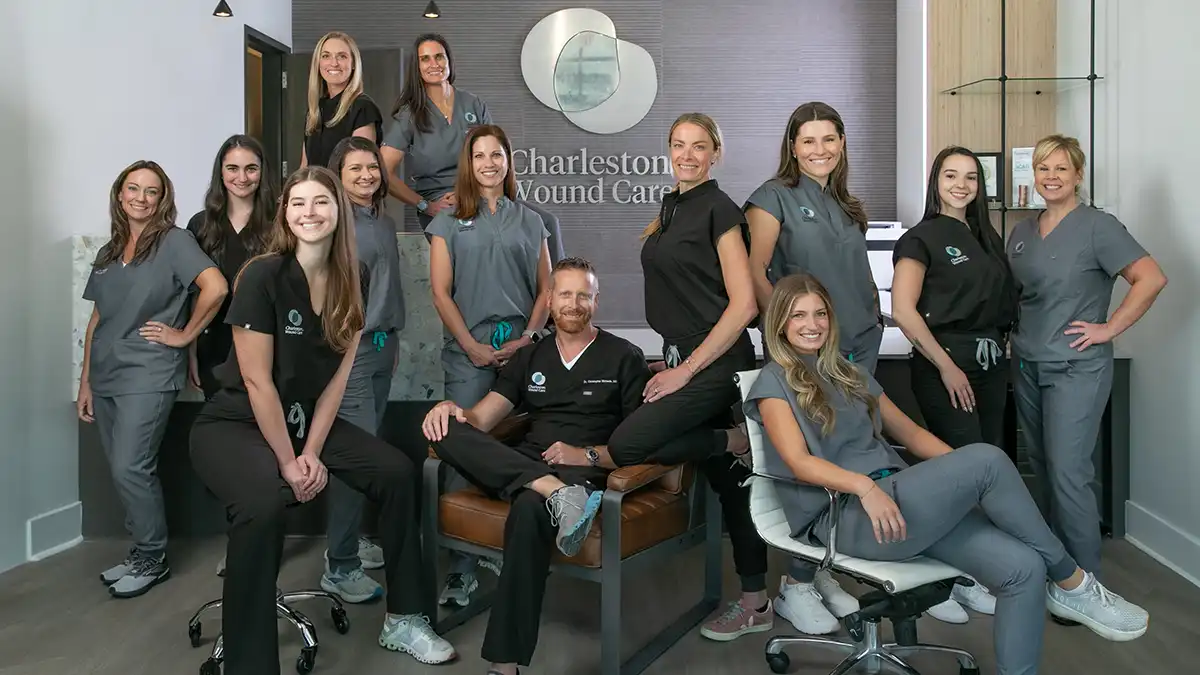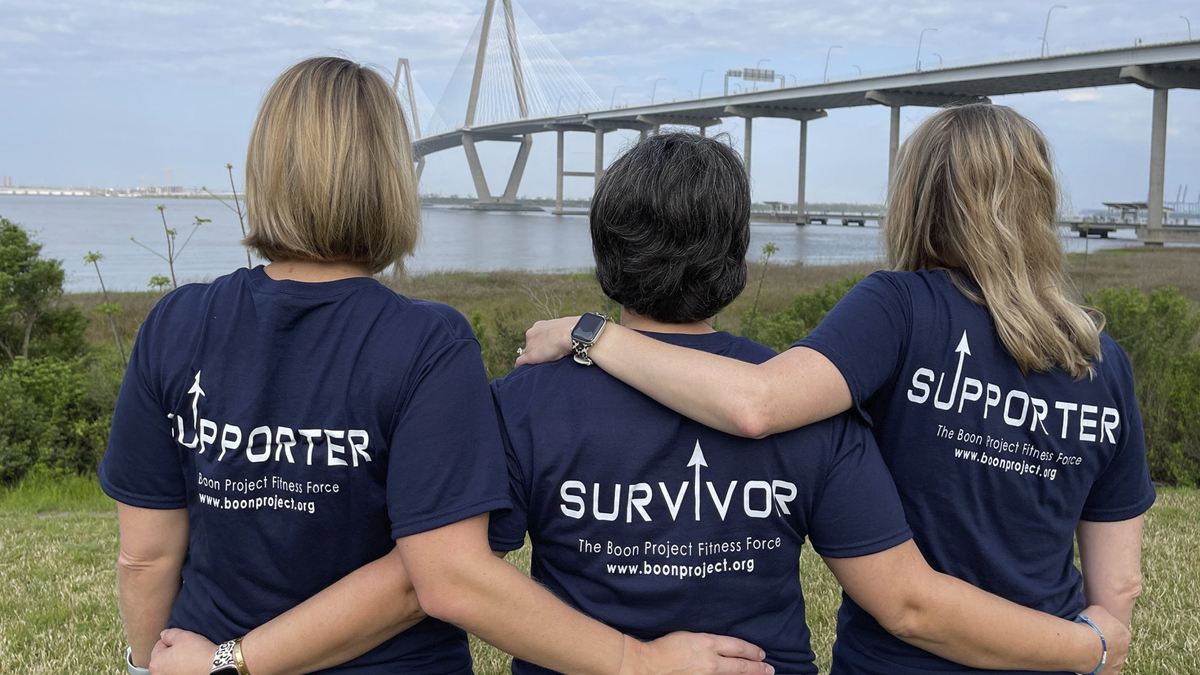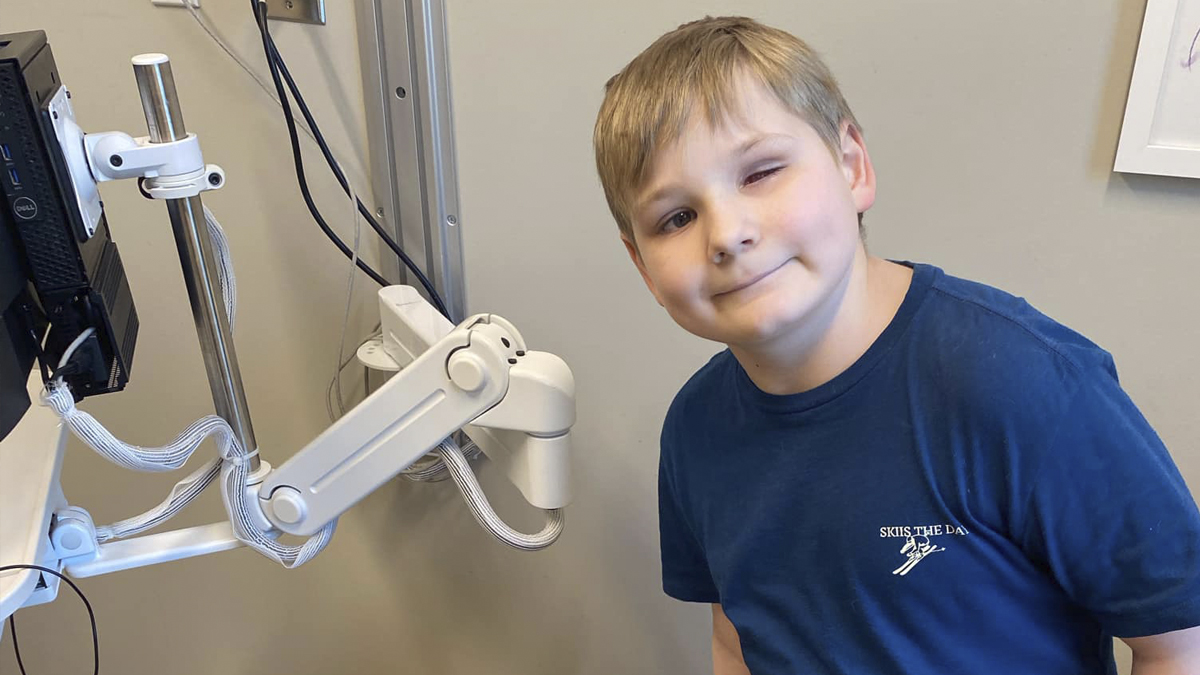Chronic wounds, or wounds that are slow to heal, affect millions of people in the United States annually. Whether a result of an injury, post-surgery or due to underlying health conditions such as diabetes and vascular disease, it’s important to properly care for the wound and to know when to seek help from the professionals. Improper handling of wounds can result in more extensive health problems.
Caring for wounds at home may seem simple enough, but even small wounds can turn serious if they aren’t treated properly. Kayley Manini, a physician assistant at Charleston Wound Care, shared some common myths and misconceptions about managing wounds at home – and advised the best practices for treating them.
Myth: A Wound Should Breathe
A common misconception is that wounds should be left uncovered to “breathe” and heal faster. Many people believe that exposure to air helps provide oxygen for healing. However, Manini explained that most of the oxygen a wound needs comes from the bloodstream, not the surrounding air. Leaving it open also exposes it to environmental pathogens, risking infection. Instead, she recommended that all wounds be covered with a proper bandage or dressing at all times.
“If you have a dry or minimally draining wound, you may want to add moisture using an ointment or petrolatum-based dressing. If the wound is wet or draining heavily, you need to absorb the excess moisture,” Manini advised. “Using a proper dressing helps maintain a balanced environment, promoting healing while protecting the wound.” Various types of dressings can be used for at-home wound care, depending on the wound’s condition. Options include alginates, foams, hydrocolloids, hydrogels, petrolatum-based dressings, antibacterial dressings, transparent films and superabsorbents, each designed to address different wound needs.
Myth: Clean the Wound with Alcohol, Hydrogen Peroxide or Soap
Manini does not recommend these products for wounds. Alcohol can irritate the skin, while hydrogen peroxide can damage healthy tissue along with the bad, potentially slowing the healing process.
“A lot of people think they should clean a wound with soap in the shower, but we recommend keeping wounds dry and covered during bathing,” Manini explained. “Bathtubs and showerheads are prime areas for bacteria to grow, which can increase the risk of infection – especially for foot wounds if you’re standing in contaminated water.”
Instead, she recommended cleaning wounds with a mild solution like saline or distilled water. If signs of infection develop, an antiseptic wound cleanser may be necessary to aid in treatment.
Myth: Put a Band-Aid On It
“People love Band-Aids, but they’re not always the best option for wound care,” Manini explained. “Band-Aids don’t absorb any moisture, which often leads to maceration – when the skin becomes white, wrinkly and overly moist. This can further break down the wound and hinder healing.”
Instead, she recommended using a proper dressing or bandage suited to the wound’s needs, ensuring better absorption and protection.
Manini also emphasized the importance of nutrition in wound healing. “Your body relies on nutrients – especially protein – for tissue growth, and some proteins are lost through wound drainage,” she explained. Increasing protein intake can help support the healing process.
If a wound is getting larger or not showing signs of improvement, it’s important to seek medical attention. Additionally, signs of infection – such as redness, warmth, swelling, thick yellow (purulent) drainage, a foul odor or unusual drainage colors suchas green or blue – should be addressed promptly to prevent the infection from spreading.
Charleston Wound Care’s team of expert doctors, physician extenders and nurses specialize in wound care in a patient-centered setting and can determine the best course of treatment for you.
“If your wound is not healing like it should, seek our opinion,” Manini said. “People don’t realize how often wounds big or small can become a bigger issue, and we’re here to help.”
By Anne Toole






